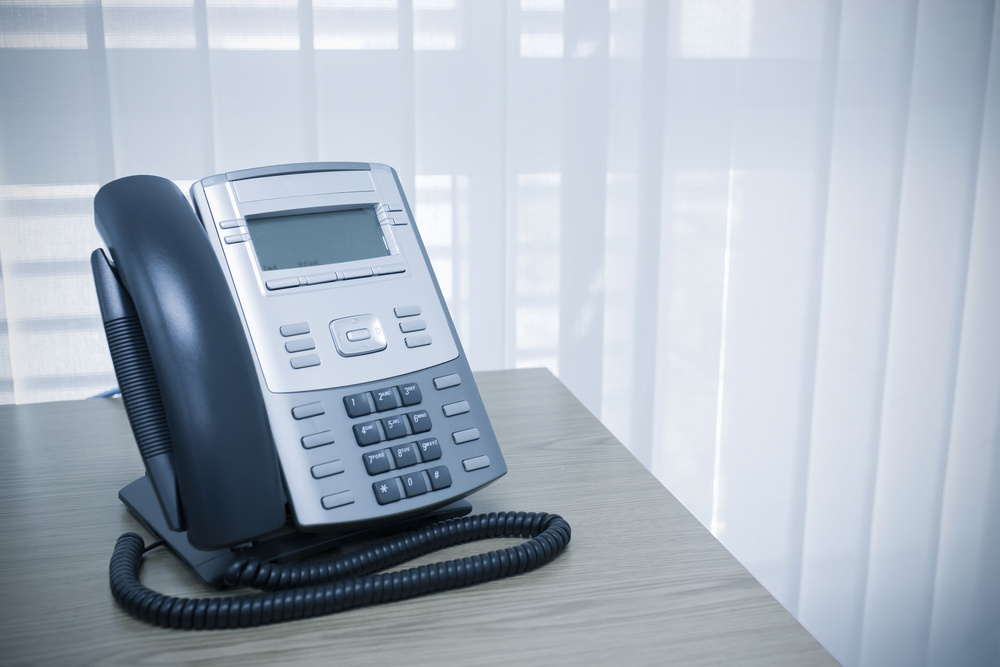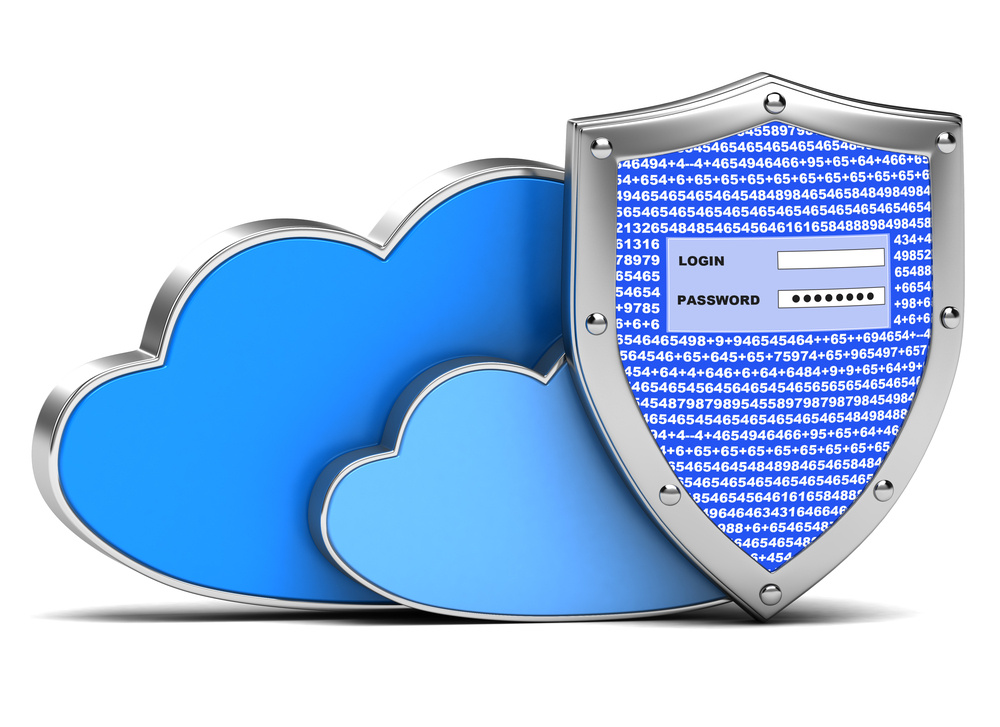The debate today isn’t whether or not to implement a bring your own device (BYOD) program — it’s how to best go about making the transition to BYOD...
IT & Telecom Blog
Big Data Security Measures: Learning from the Antivirus Industry to Keep Data Safe
In recent years, there have been security breaches at a number of large companies that resulted in the loss of personal data for thousands of people....
5 Ways to Save Money With VoIP
Old-fashioned private branch exchange (PBX) systems are being replaced by Voice over Internet Protocol (VoIP) services in many businesses. VoIP has a...
Security Breaches: How DLP and DAM Help Keep Critical Data Secure
With the current focus on detection and malware, many companies may be overlooking core data security as a front-line defense. While it’s important...
SaaS Security: 5 Ways to Keep Sensitive Data Secure
A majority of organizations–60% according to technology news site SiliconANGLE–are adopting a cloud-based model for business processes. Many of these...
Cloud Deployment: Learn From These 3 Mistakes Before Committing Them
Enterprises are all unique, each with unique systems and unique issues in regards to cloud deployments. This means that the majority of enterprises...
Utilizing DRaaS as a Gateway to the Cloud
Technology can be a frightening thing, especially to those without a firm understanding of how it works and what can be accomplished. Take, for...
Avoid Common Hazards When Purchasing Business Systems
For some time now, experts have indicated that spending on enterprise software will explode in 2015. Keys to survival for businesses will include...
Phone Technology can Level the Playing Field for SMBs
Advances in technology offer a variety of benefits to businesses looking for ways to service their customers as efficiently and effectively as...
Improving Communications in the Hospitality Industry with Hosted VoIP
In a hotel, phone service is just as important as a comfortable bed and a hot shower. Like an old bed or a defective shower, analog telephony is...
Configuration Management: A Lifeline for IT Security?
It’s amazing how cloud computing has come to take over a growing number of critical tasks normally handled by IT departments. Unfortunately, it’s not...
Implement a Successful Unified Communications System in 4 Simple Steps
The benefit of Unified Communications (UC) is that it combines a number of different communication methods into one portal, which is increasingly...











